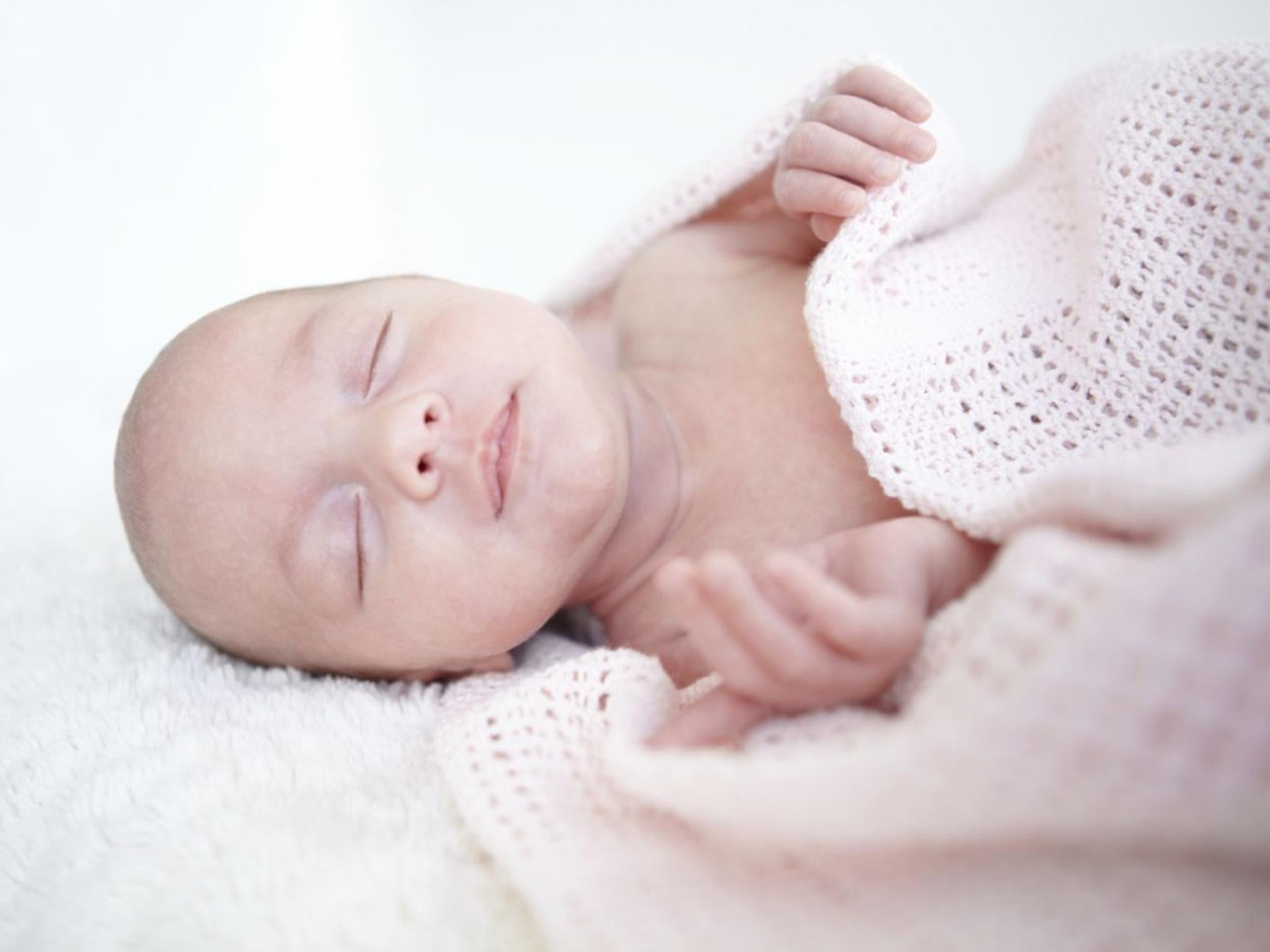Scientists create eggs from scratch that could allow infertile women to have children and solve the mysteries of life
The study provides a basis for coming to understand how eggs develop in humans, the scientists behind it say

Your support helps us to tell the story
From reproductive rights to climate change to Big Tech, The Independent is on the ground when the story is developing. Whether it's investigating the financials of Elon Musk's pro-Trump PAC or producing our latest documentary, 'The A Word', which shines a light on the American women fighting for reproductive rights, we know how important it is to parse out the facts from the messaging.
At such a critical moment in US history, we need reporters on the ground. Your donation allows us to keep sending journalists to speak to both sides of the story.
The Independent is trusted by Americans across the entire political spectrum. And unlike many other quality news outlets, we choose not to lock Americans out of our reporting and analysis with paywalls. We believe quality journalism should be available to everyone, paid for by those who can afford it.
Your support makes all the difference.Scientists have created working mammalian eggs from scratch and used them to produce healthy offspring.
The new study marks the first time that eggs have been completely made without help from an animal.
Though the research was conducted in mice and only on eggs, it shows that it may be possible to use the same techniques for humans and for sperm – potentially meaning that it will be possible to make new humans entirely in the lab.
Once it is done for one animal, then "developing similar culture systems in other species should be only a matter of technicality", said Dr Dusko Ilic, reader in stem cell science at King's College London. If that happens then we might be able to rewind the process of mammalian extinction" – not only helping infertile humans but bringing back other extinct animals too.
However, it is likely to be many years before the technique is reliable and safe enough for humans. And scientists and policymakers will have to overcome the various ethical challenges that are presented by the possibility of making children without human adults fertilising or carrying them.
In the experiments, the Japanese team - led by Professor Katsuhiko Hayashi, from Kyushu University - used stem cells both obtained from embryos and generated from mature cells taken from the tips of mouse tails.
The latter were used to create induced pluripotent stem (iPS) cells which have the properties of embryonic stem cells, including the ability to transform into a multitude of different tissues.
Both kinds of stem cell were exposed to specific cocktails of chemicals and biological signals to coax them to develop into eggs.
A key part of the process was mingling the stem cells with "gonadal somatic cells" taken from 12-day-old mouse embryos. These play an important supporting role in egg development.
Writing in the online edition of Nature journal, the scientists describe how follicles formed spontaneously and surrounded the early stage eggs. The sac-like structures house maturing eggs in the ovaries.
A number of the eggs were eventually fertilised using a standard IVF technique and the resulting embryos produced healthy, fertile offspring.
The success rate was low - just 11 out of 316 two-cell embryos ended up delivering live births. Nevertheless, British scientists working in the same field praised the Japanese achievement.
Professor Richard Anderson, from the University of Edinburgh, said: "This is the first report of anyone being able to develop fully mature and fertilisable eggs in a laboratory setting right through from the earliest stages of oocyte (egg) development ..
"Although we are a long way from making artificial eggs for women at the moment, this study also provides us with a basis for experimental models to explore how eggs develop from other species, including in women.
"This is extremely challenging at the moment due to the difficulties of getting eggs to study."
He added: "One day, this approach might be useful for women who have lost their fertility at an early age, as well as for improvements in more conventional infertility treatments. But the very careful analyses in this paper show the complexity of the process and how it is a long way from being optimised."
Professor Robin Lovell-Badge, from The Francis Crick Institute in London, said the work "should be considered as a beginning, albeit a very promising one, and not an end".
He added: "Clearly, if applied to humans, being able to get functional eggs via reprogramming skin cells to iPS cells, would have importance in overcoming female infertility, e.g. due to cancer treatment as a child, but it also opens up many other uses in research, in regenerative medicine, and potentially in avoiding genetic disease."
But he pointed out that there were "still many practical and ethical challenges to be resolved".
Martin Johnson, Professor of reproductive sciences at Cambridge University - who described the research as "remarkable", said: "The data are primarily of interest to scientists, although potentially of clinical interest to those patients who lack eggs of their own."
Additional reporting by agencies
Join our commenting forum
Join thought-provoking conversations, follow other Independent readers and see their replies
Comments